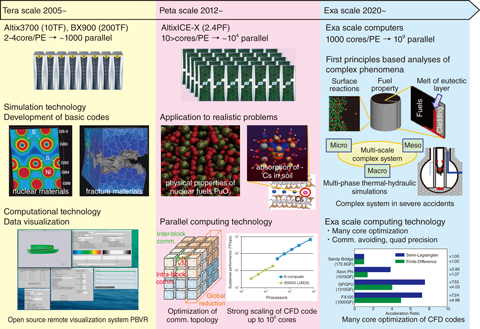
Fig.10-1 Computer science research at the Center for Computational Science and e-Systems
Simulation techniques for analyzing complex phenomena comprising various physics effects are essential for resolving issues created by the accident at the TEPCO’s Fukushima Daiichi NPS, such as the environmental dynamics of radioactive substances, the volume reduction of polluted soil, and the study of severe accidents. They are also required for research and development of future nuclear systems. For example, severe-accident analyses require not only macroscale thermal-hydraulic simulations for the melt-relocation behavior of nuclear fuels and structural materials but also mesoscale simulations for evaluating complicated interface formation owing to mixing of molten debris and fracture events such as crack growth, and microscale quantum simulations for estimating diffusion, chemical reactions, and phase transitions in extreme environments at high temperature and pressure. In addition to these new simulation techniques, computational technologies that support high-performance computing for simulating such complex phenomena are required.
Thus far, we have developed simulation techniques such as structural analysis, quantum simulations, and fluid simulations, which form the basis for analyzing complex phenomena, as well as computational technologies such as numerical algorithms and visualization systems. We further advance these techniques and perform new analyses of complex phenomena by actively addressing various results from observations and experiments (Fig.10-1). Such simulation techniques for complex phenomena will become a common foundation for general nuclear research and development.
In FY2015, as a computer-science contribution to the reconstruction and revitalization of Fukushima Prefecture, we established a method to evaluate air-dose rates from radioactive cesium in soil and then applied this method to different remediation strategies for contaminated soil (Chapter 1, Topic 1-10). In contrast, toward analyses of complex phenomena, the following simulation techniques were improved.
(1) Seismic analysis of the High-Temperature Engineering Test Reactor (HTTR) using a three-dimensional vibration simulator and its validation against the observation obtained during the Great East Japan Earthquake (Topic 10-1).
(2) Estimation of the specific heat of PuO2 based on first-principles calculations and study of its mechanism at high temperature (Topic 10-2).
(3) First-principles-based study on the cross-slip mechanism of dislocations, which dictates the ductility of hexagonal close-packed metals such as magnesium and zirconium (Topic 10-3).
(4) Development of an electron model that enables multi-time-scale simulations of electron turbulence in fusion plasmas (Topic 10-4).
We steadily promote research of simulation and computational techniques, which are a common foundation for nuclear research and development, and provide them to the community.